- Categories:
We need to show awareness, appreciation, respect, and responsibility for our environment. Check out our 7 tips for minimising the impact of your visit so that you ‘leave no trace’.
1. Plan ahead and prepare
Research the park you plan to visit. Read the park’s web page to find out about the location and possible activities then discuss with your travel group. Always check park alerts so you are up-to-date with park conditions, closures and access. Choose an appropriate park and activity for your group, and allow plenty of time to travel and camp. This way you can more easily and effectively plan and prepare to ‘leave no trace’ when you visit.
2. Travel and camp on durable surfaces
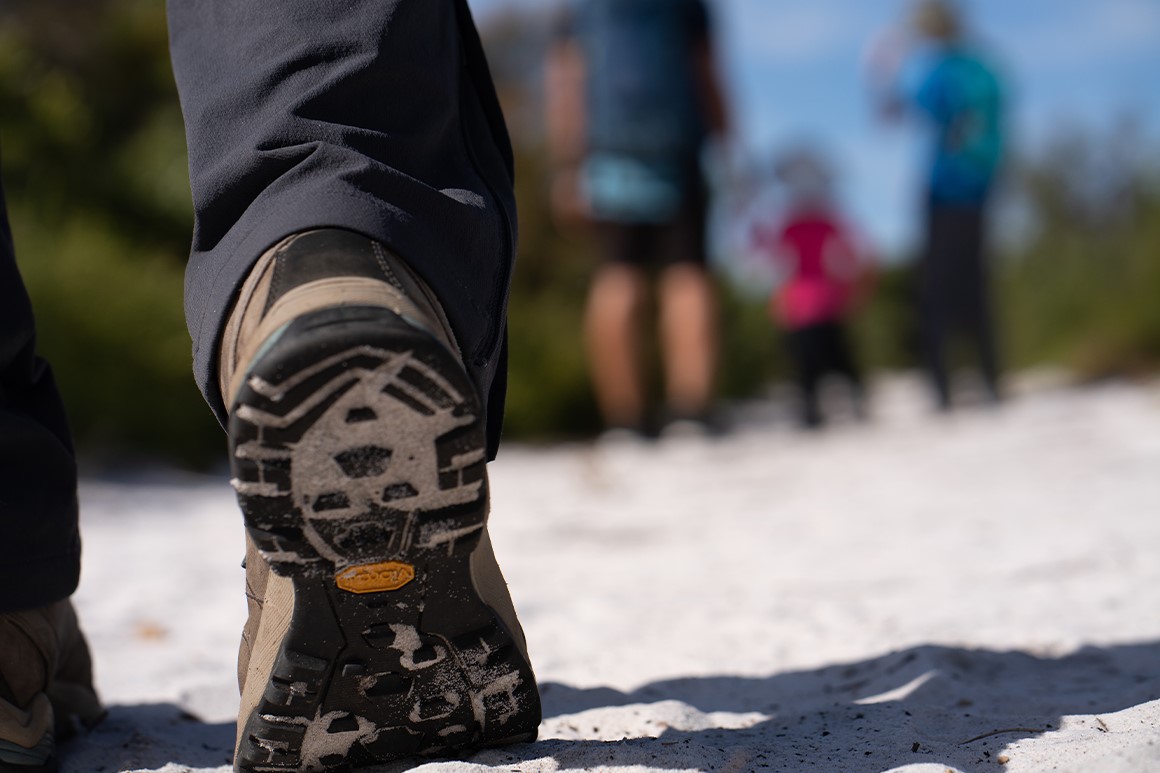
Stay on the walking track | Greg Cartwright © Queensland Government
Keep to the walking tracks and camp in designated camping areas. This way you will avoid trampling young seedlings, compacting fragile soils, destroying habitats and causing erosion.
Staying on the durable surfaces we have purpose-built for walking, riding and camping is an important way to minimise the impacts of your visit. ‘Leave only footprints’ … and make sure they are in the right places!
3. Dispose of waste properly
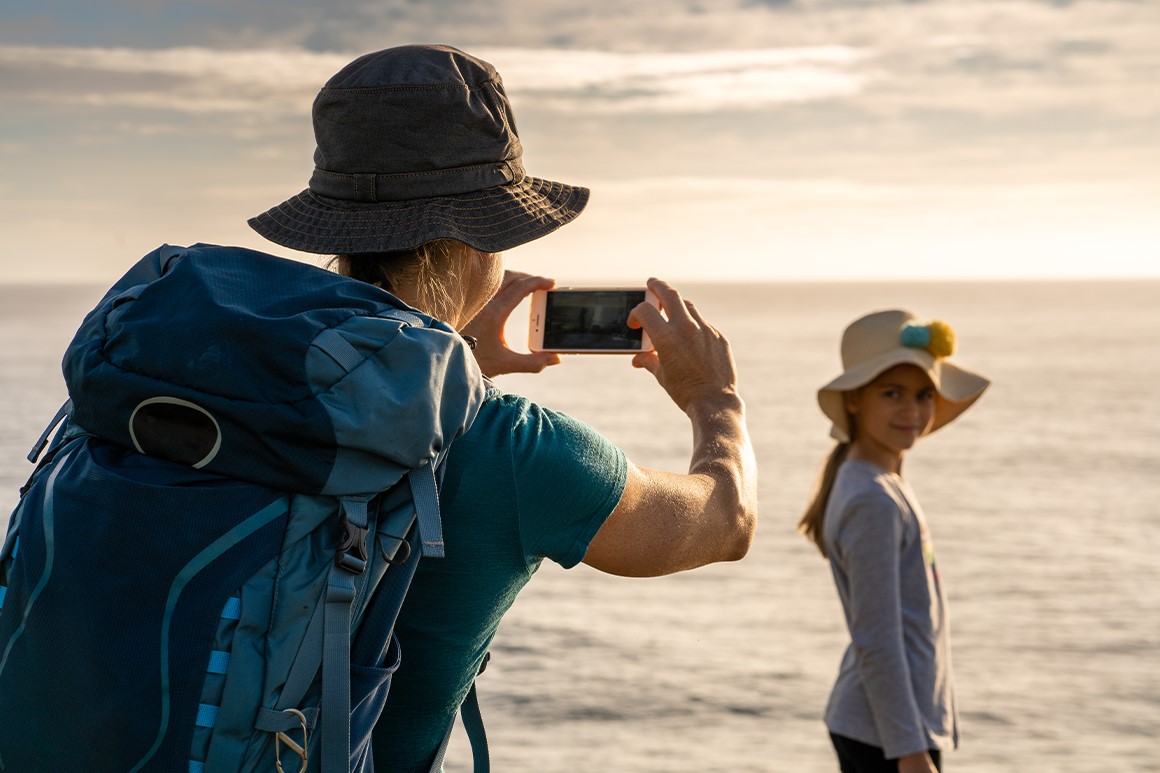
Take only photos, take out all your rubbish | Greg Cartwright © Queensland Government
Pack it in, pack it out. Simples.
Plan your meals to reduce food packaging. The less packaging you bring in with you, the less rubbish you have to carry out. Don’t rely on a camp fire to burn your leftovers, as half-burned food waste and greasy fats and oils still attract wildlife.
Inspect your camp site and day-use area for rubbish (including micro-rubbish) or spilled foods before you leave. Pack out all rubbish and kitchen waste, including leftover food. Overlooked rubbish is litter, and litter is not only ugly, it can also be harmful to wildlife.
4. Leave what you find
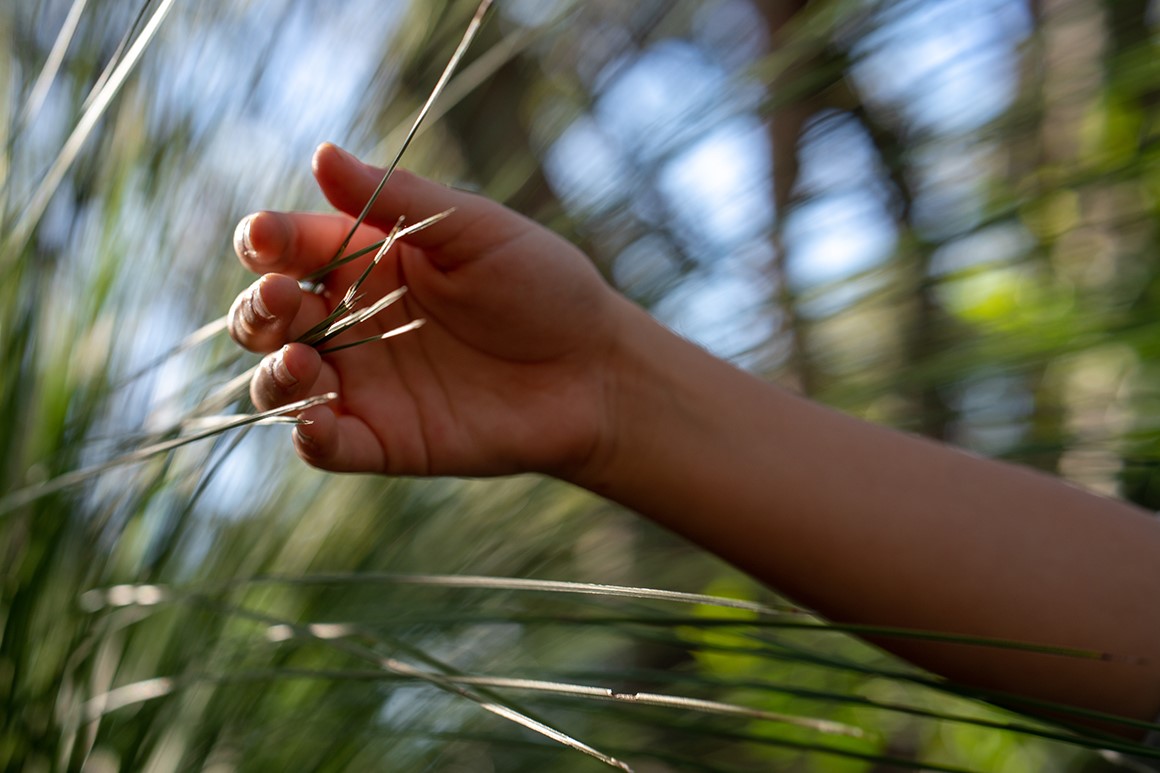
Respect nature | Greg Cartwright © Queensland Government
Leave natural areas natural, as you found them, for others to discover and enjoy after you. Never collect rocks, leaves, shells, feathers, fossils, or plants. And don’t be tempted to move rocks and stones around—rock stacking (building small stone towers) is unsightly as well as ‘unnatural’. Everything within a national park, living and dead, is protected.
Avoid disturbing or touching cultural sites such as rock art or middens; they are protected too. Leave what you find, as you found it.
5. Minimise camp fire impacts
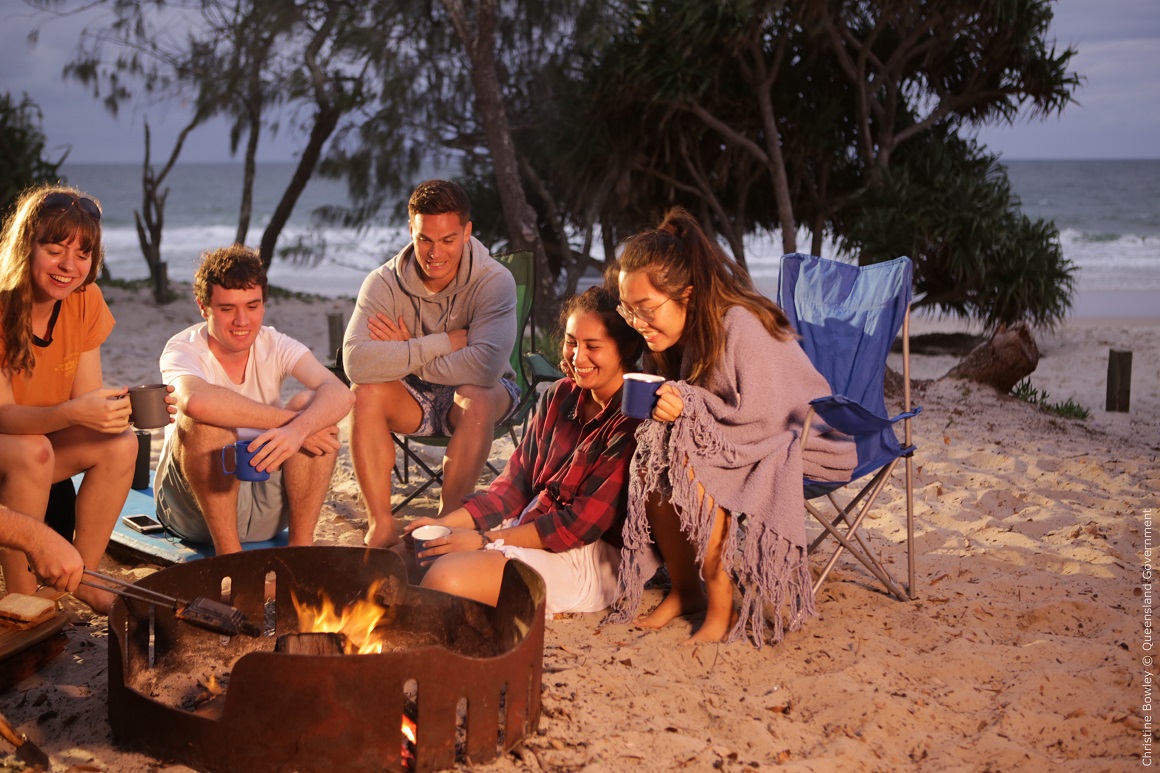
Camp fire, Bribie Island National Park | Christine Bowley © Queensland Government
Build your camp fire only where permitted and in the fire place provided. Camp fires, if not used with care, can cause destructive wildfires, resulting in loss of natural habitat, property and sometimes human life.
Even small impacts from camp fires can affect the natural appearance of camping and day-use areas. Rings of soot-scarred rocks, overflowing with ashes, partly-burned logs, food and rubbish are unsightly, as is surrounding vegetation that is scorched or stripped bare of dry wood.
Use the fire places provided and always bring your own clean-milled firewood and kindling. Never collect wood or kindling from the surrounding area—everything in the park is protected.
6. Respect wildlife
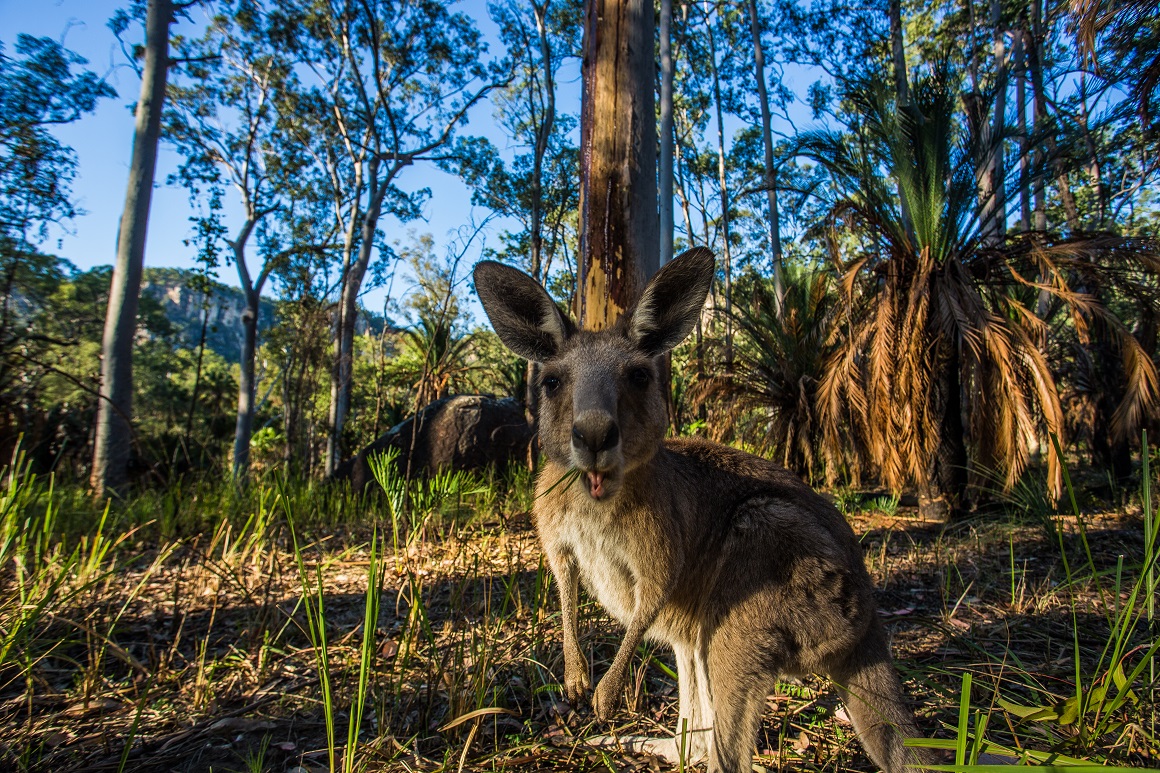
Give wildlife their space | © Ben Edmonds Photography
Avoid feeding or disturbing wildlife. Parks and forests provide a refuge for animals that are threatened by habitat loss, invasive species and pollution. Respect wildlife to help in their protection, rather than add to their survival challenges.
Secure your food and pack away all food scraps to make sure you’re not providing wildlife with a free meal. When moving through their habitat or taking photographs, stay on roads and tracks to avoid disturbing or damaging their habitat. Be respectful guests!
7. Be considerate of your hosts and other visitors

Show respect © Queensland Government
When you visit a park or forest you are also visiting Country that has significance for the Traditional Owners and custodians of the land. Respect their wishes, stay safe, and follow any directions on signage on the park.
We also share natural places with other visitors, who may have similar or very different recreational needs from our own. This is why areas within parks and forests have been set aside for different recreational uses. Always respect other visitors and follow ‘outdoor etiquette’ so that your behaviour doesn’t affect others’ enjoyment of nature.
Find out more
Learn more about how to stay safe and visit with care when you visit our parks and forests.


